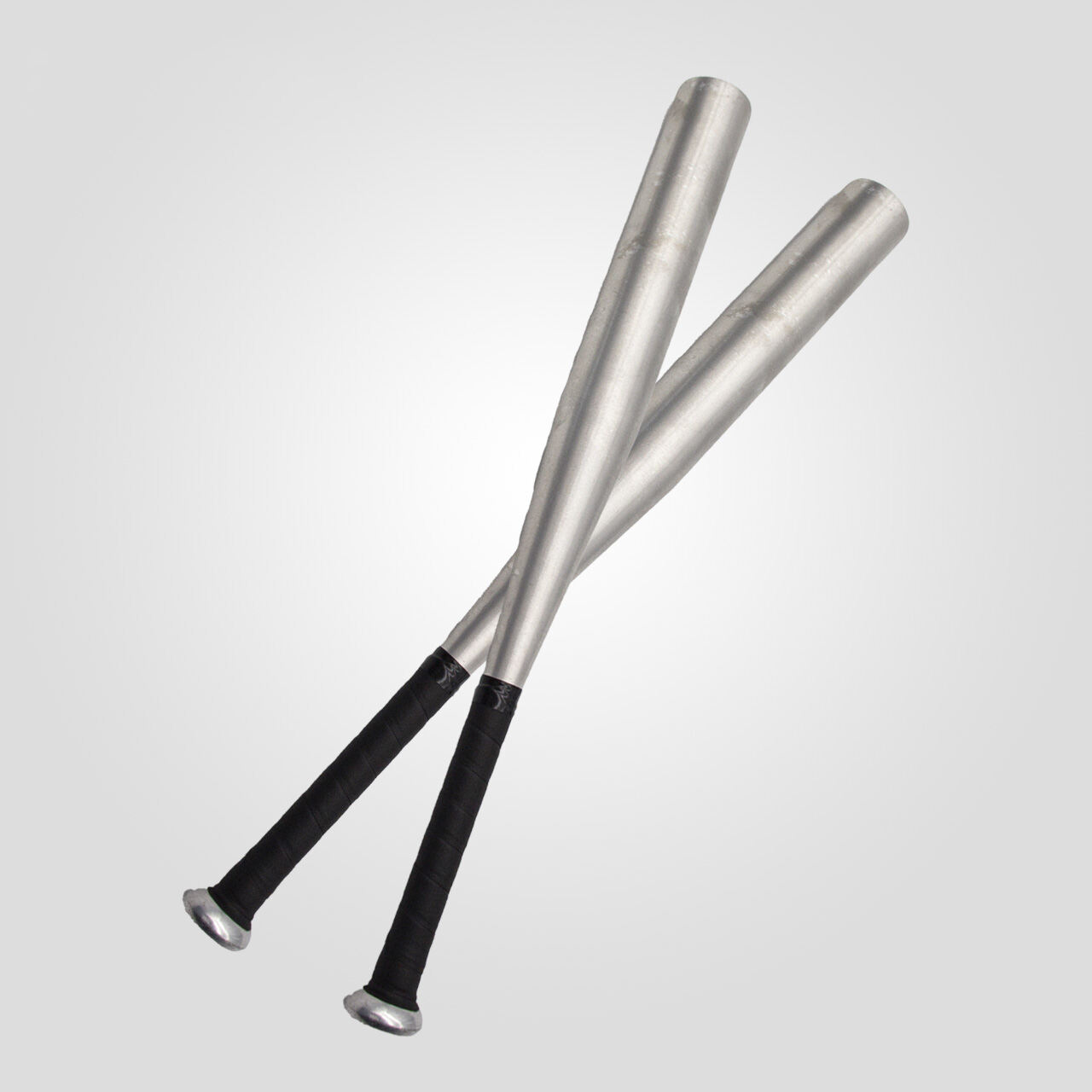Essential Guidelines for Wholesale Softball Bat Importation
The process of importing softball bats in bulk requires careful consideration and strategic planning to ensure a successful business venture. Whether you're a sports retailer, team equipment manager, or wholesale distributor, understanding the complexities of importing softball bats can significantly impact your bottom line and customer satisfaction. This comprehensive guide explores the crucial factors to consider, from quality assurance to regulatory compliance.
Quality Standards and Manufacturing Specifications
Material Composition and Durability
When importing softball bats, the material quality stands as a paramount consideration. Premium softball bats typically feature aerospace-grade aluminum alloys, composite materials, or hybrid constructions. Verify that manufacturers provide detailed specifications about the materials used and their durability ratings. Request sample products for testing before committing to large orders, ensuring the bats meet performance expectations and safety standards.
Performance Certification Requirements
Different leagues and associations maintain specific requirements for softball bat certification. Before importing softball bats, confirm that the products comply with standards set by organizations like ASA/USA Softball, USSSA, NSA, and ISF. These certifications guarantee that the bats meet performance specifications and are legal for use in sanctioned games and tournaments.
Manufacturing Quality Control
Partner with manufacturers who implement robust quality control processes throughout production. Request documentation of their testing procedures, including impact resistance, sweet spot verification, and weight distribution analysis. Regular factory audits and third-party quality inspections can help maintain consistent standards when importing softball bats in large quantities.
Supply Chain and Logistics Management
Production Timeline Planning
Effective timeline management is crucial when importing softball bats. Consider factors such as manufacturing lead times, shipping duration, and seasonal demand fluctuations. Build in buffer time for potential delays, especially during peak production periods or holiday seasons. Establish clear communication channels with suppliers to monitor production progress and address any concerns promptly.
Shipping and Storage Considerations
Proper handling during transportation is essential to prevent damage to the softball bats. Work with experienced freight forwarders who understand the specific requirements for sporting equipment. Consider climate-controlled storage solutions, especially for composite bats sensitive to temperature variations. Implement inventory management systems to track shipments and maintain optimal stock levels.
Customs Clearance and Documentation
Navigate customs requirements efficiently by preparing comprehensive documentation. This includes certificates of origin, commercial invoices, packing lists, and relevant safety certifications. Understand import duties, taxes, and any special regulations regarding sporting equipment in your target market. Consider working with customs brokers specialized in sporting goods importation.
Market Analysis and Pricing Strategy
Target Market Assessment
Conduct thorough market research to understand your target customer base. Consider factors such as player skill levels, age groups, and league requirements. Analyze current market trends, including preferences for specific bat types, brands, and price points. This information helps in selecting the right product mix when importing softball bats.
Competitive Pricing Structure
Develop a competitive pricing strategy that accounts for all costs involved in importing softball bats. Calculate import duties, shipping expenses, storage costs, and desired profit margins. Consider volume discounts and promotional pricing strategies to attract bulk purchasers while maintaining profitability. Monitor market prices regularly to ensure competitiveness.
Legal and Regulatory Compliance
Safety Standards and Certifications
Ensure compliance with safety regulations in both the manufacturing country and target market. Obtain necessary certifications and testing reports demonstrating adherence to safety standards. Maintain detailed records of compliance documentation to address any regulatory inquiries or customer concerns regarding the imported softball bats.
Warranty and Liability Considerations
Establish clear warranty terms and conditions for the imported softball bats. Define coverage periods, claim procedures, and replacement policies. Consider liability insurance coverage to protect against potential claims related to product defects or injuries. Document all warranty and liability policies in writing to prevent misunderstandings.
Frequently Asked Questions
What are the minimum order quantities for importing softball bats?
Minimum order quantities typically range from 100 to 500 units, depending on the manufacturer and product specifications. Some suppliers may offer flexible MOQ terms for mixed models or custom designs. Negotiate terms that align with your business volume and storage capacity.
How long does the import process typically take?
The complete import process, from order placement to delivery, usually takes 60-90 days. This timeline includes manufacturing (30-45 days), shipping (15-30 days), and customs clearance (5-10 days). Factors such as production capacity, shipping method, and customs procedures can affect the overall duration.
What documentation is required for importing softball bats?
Essential documentation includes commercial invoices, bills of lading, certificates of origin, product testing reports, safety certifications, and customs declaration forms. Additional requirements may vary by country and specific product categories. Working with an experienced customs broker can help ensure all necessary documentation is properly prepared.
How can quality be assured when importing softball bats?
Implement a comprehensive quality assurance program including pre-production samples, during-production inspections, and final quality checks before shipping. Partner with manufacturers who maintain ISO certifications and conduct regular testing. Consider third-party inspection services to verify product quality and compliance with specifications.


